When planning futures, the assumption is that we are able to predict the consequences from our actions and that we have a relatively comprehensive understanding of the overall situation – and a perception of what is a desirable future. The more complex the matter, the less accurate these assumptions are. We do not necessarily know what types of unexpected consequences actions may have and our views of the problem may be incomplete.
What types of large planning projects are then on the horizon or currently at hand and has not been considered? One planning project is associated with controlling climate change and climate engineering, which involves the entire world as a planning project. Digitisation can also be considered to be a significant future planning project. What do weak signals indicate about these topics?
Limits of nature
If global warming is to be kept within the limit of 1.5 degrees Celsius, as is strongly recommended in the IPCC’s report, all existing methods for reducing emissions and increasing carbon sinks must be adopted. The discussion about methods includes increasingly radical climate engineering methods. For example, to prevent the melting of the ice caps different plans have been developed and adding aerosols to the stratosphere is being researched in the USA as one method for controlling climate change. China, in turn, is building rainmaking machines in the highlands of Tibet and planting forests equal to the size of Ireland.
To date, climate engineering has been seen as too risky. Adding aerosols, for example, may seriously affect agriculture. However, at some point the threats caused by climate change may be determined to be greater than those from environmental engineering. For example, company accelerator Y-Combinator is calling for start-up companies to develop solutions for climate engineering. Then the essential issue becomes how well have we been able to identify potential surprises that may be caused as a result of tampering with complex systems.
Increased resource availability fluctuations
The indirect consequences caused by extreme weather conditions are also indicative of complexity. Droughts hinder coal power plants, for example, because they run out of cooling water. Resources may not necessarily run out, but their availability may increasingly fluctuate. New scarce resources form their own chapter; for example, sand needed for construction is running out because of high demand and excavating sand from where it is still available is destroying ecosystems and contaminating drinking water. The problem is the availability of the correct type of sand; it needs to be of the type where wind has not moulded the grains to be too round. The sand for building the skyscraper in the middle of the desert in Dubai, Burj Khalifa, was imported from Australia, for example.
What will come of digitisation?
If the world is to be considered a large planning project, it is necessary to consider what types of assumptions the plans are based on. Digitisation, for example, is expected to continue to expand rapidly, but this inevitable expansion is based on the assumption that there will always be reliable electricity sources available, that data networks will continue to grow and function, and that people will want to continue to use digital devices and services. Are there any signals that challenge these assumptions?
In addition to extreme weather conditions, the transition to renewable energy may alter the availability of energy if the elasticity of demand systems and multilateral trading facilities are not developed to equalise production. The reliability of data networks are challenged by, for example, increased cyber attacks, targeting especially name servers. Eliminating net neutrality, censorship and the different approaches of the USA, Europe and China to digital economies may parse the internet into separate entities.
One should also not underestimate the surprises caused by human behaviour. The trust in technology companies is falling, especially regarding data use and privacy. Silent retreats and social media addiction therapies can be seen as signs that we want to assume control of digitisation and decide for ourselves how we will use digital technologies in the future.
Existential risks and sources of hope
Oxford University Professor Nick Bostrom published a classification of existential risks facing mankind in 2002. They can also be used to challenge plans about the future on one hand and also as motivation for the plans on the other: what should we do in order to mitigate these risks? Existential risks beg the question: can we save the future? Is not attempting to solve wicked problems really even an option?
To balance existential risks, “existential sources of hope” and tools for imagining desirable futures have also recently been listed. Reasons to be cheerful and Seeds of good anthropocenes collect grass-roots-level examples that if generally adopted could solve challenges associated with ecological and social sustainability. The goal is to demonstrate that solutions already exist and much development towards a more sustainable world is already occurring around the world.
If we do nothing, we are certain to not have a desirable future
So, should the world then be a planning project? If you assume that you can consider all of the uncertainties and risks, the only thing you can be certain of is that you will not be successful at it. In contrast, if we do nothing, we are certain to not have a desirable future. The challenge is to navigate through existential risks, inconsistencies, surprises and unexpected side-effects and to learn from good examples around the world.
Tool: Foresight zoo
These animals help us recognise things that could easily be omitted when thinking about the future.
Do the following.
- Choose one animal from below and follow the instructions. If you are doing the exercise in a group, each choose one animal. Complete the exercise from the perspective of your respective animals and discuss your observations at the end.
- Swans: list surprising events that may significantly change the future of the thing you are evaluating. The events can be highly unlikely and they should very impactful if realised.
- Elephants: list things that are very likely but are not often discussed. What seems difficult or what is taboo?
- Jellyfish: list phenomena that would significantly affect the thing you are evaluating if they were to quickly become commonplace or change. For example, how could a change in customer groups or an increase in popularity of a service affect the future?
- Anglerfish: consider what types of underlying interests are related to the topic you are evaluating or the proposed visions of the future. Who has proposed the statements about the future? Who is to benefit and who is omitted?
You can read more about the foresight zoo on the Postnormal Times website.
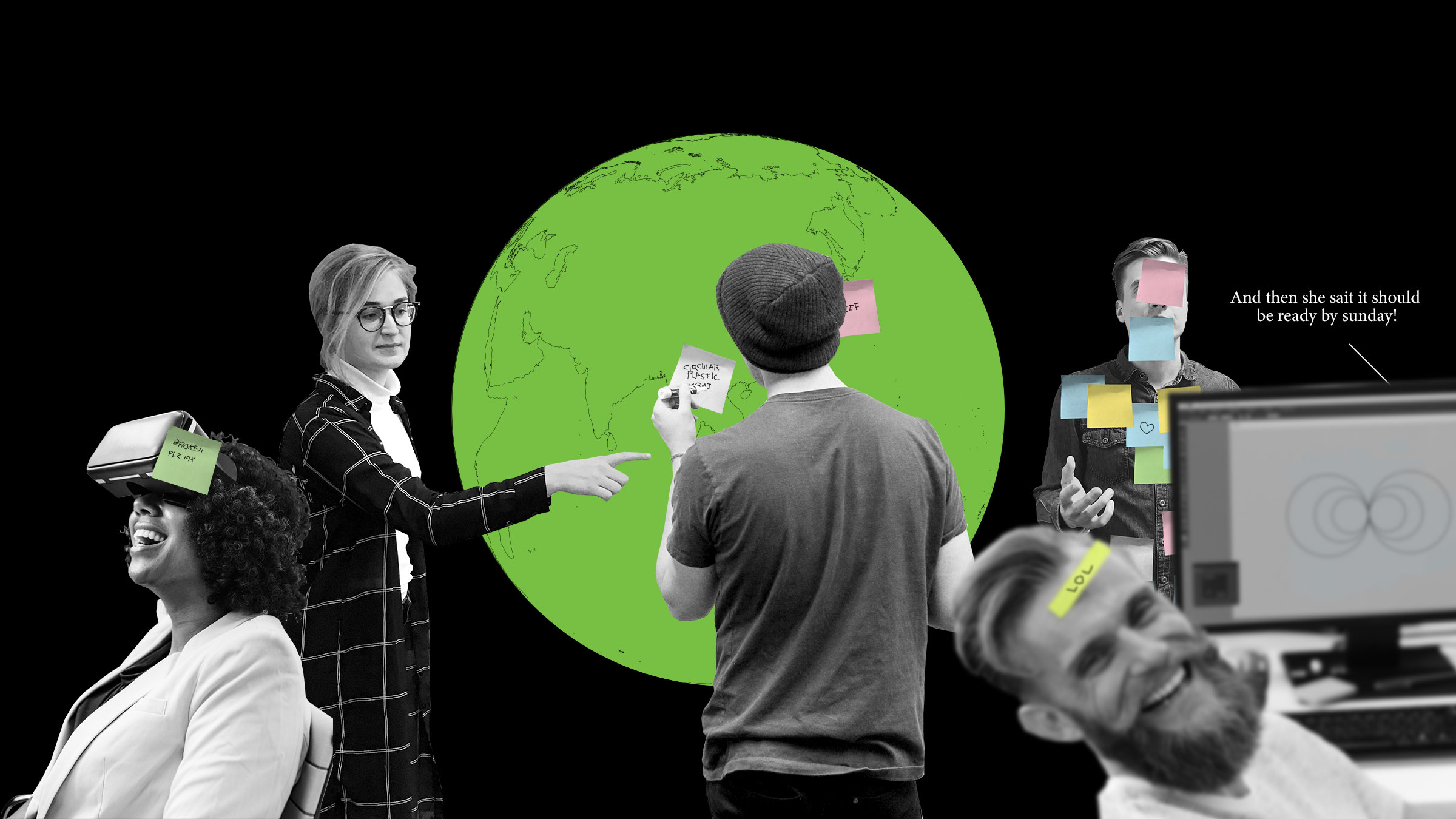




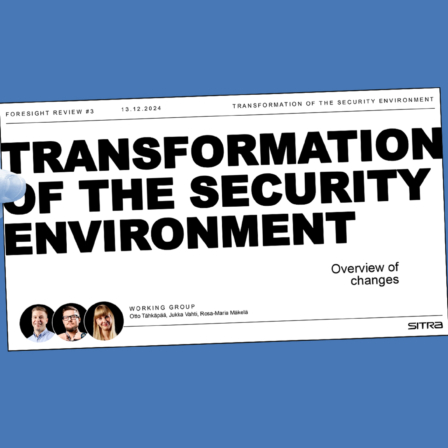



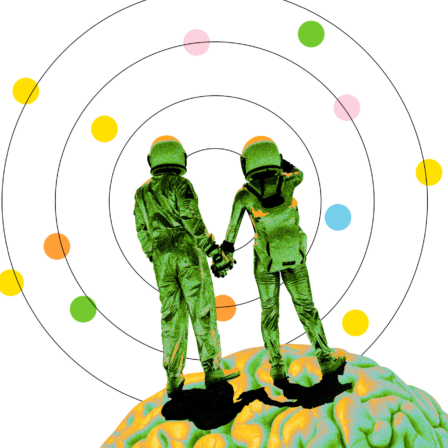


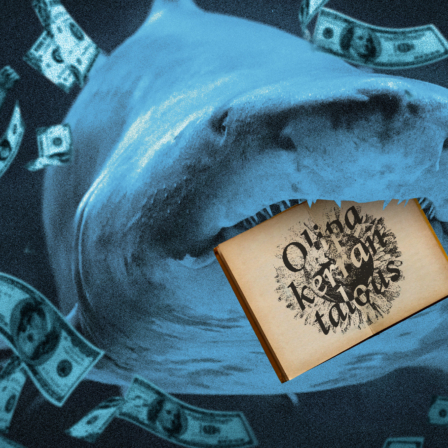
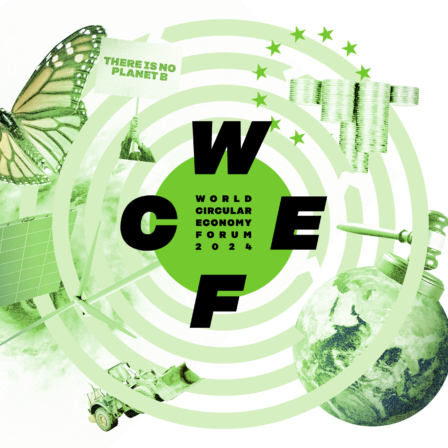
Recommended
Have some more.